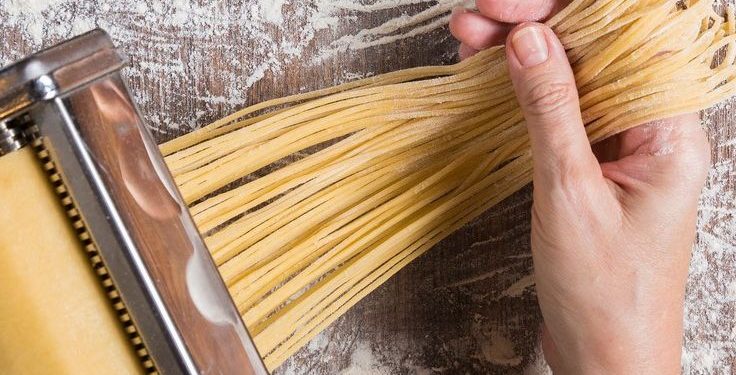Jakarta, Indonesia Sentinel — Scientists have created the world’s thinnest “spaghetti,” measuring around 200 times thinner than a human hair. However, this nano-sized spaghetti isn’t designed for eating, it is a breakthrough in the development of nanofibers, which have significant medical and environmental applications.
According to The Independent, nanofibers play a crucial role in the medical field. One of their key uses is in creating advanced wound dressings that allow water and moisture to pass through while blocking harmful bacteria due to their highly porous nature.
The research, led by the University of California, emphasizes that producing nanofibers from starch-rich materials like flour — the main ingredient in traditional pasta — could be a more environmentally friendly approach.
In contrast, nanofibers derived from plants typically rely on starch that must be extracted and purified from plant cells, a process requiring substantial energy and water consumption.
The nano spaghetti is produced using a method similar to traditional pasta-making but with one critical difference: the flour mixture is drawn through an electric charge instead of being mechanically stretched.
‘Blue Fire’ on Mount Ijen Indonesia, a Rare Phenomenon Only Found in 2 Locations in the World
The study, published in Nanoscale Advances, explained that the process, known as electrospinning, pulls threads of flour and liquid through a needle’s tip to form fibers much smaller than any standard pasta.
The resulting spaghetti measures just 372 nanometers across equal to a fraction of a billionth of a meter, and forms a mat of nanofibers about 2 centimeters wide. While the mat is visible to the naked eye, the individual strands are too fine to be captured by standard cameras.
The study highlights that nanofibers are also being explored as scaffolds for tissue regeneration. These fibers mimic the extracellular matrix, a network of proteins and molecules that cells use for structural support.
Despite being made from starch, this ultra-thin pasta is not suitable for consumption. At a size thinner than a strand of human hair, the nano spaghetti offering promising potential for medical advancements.
(Raidi/Agung)

























